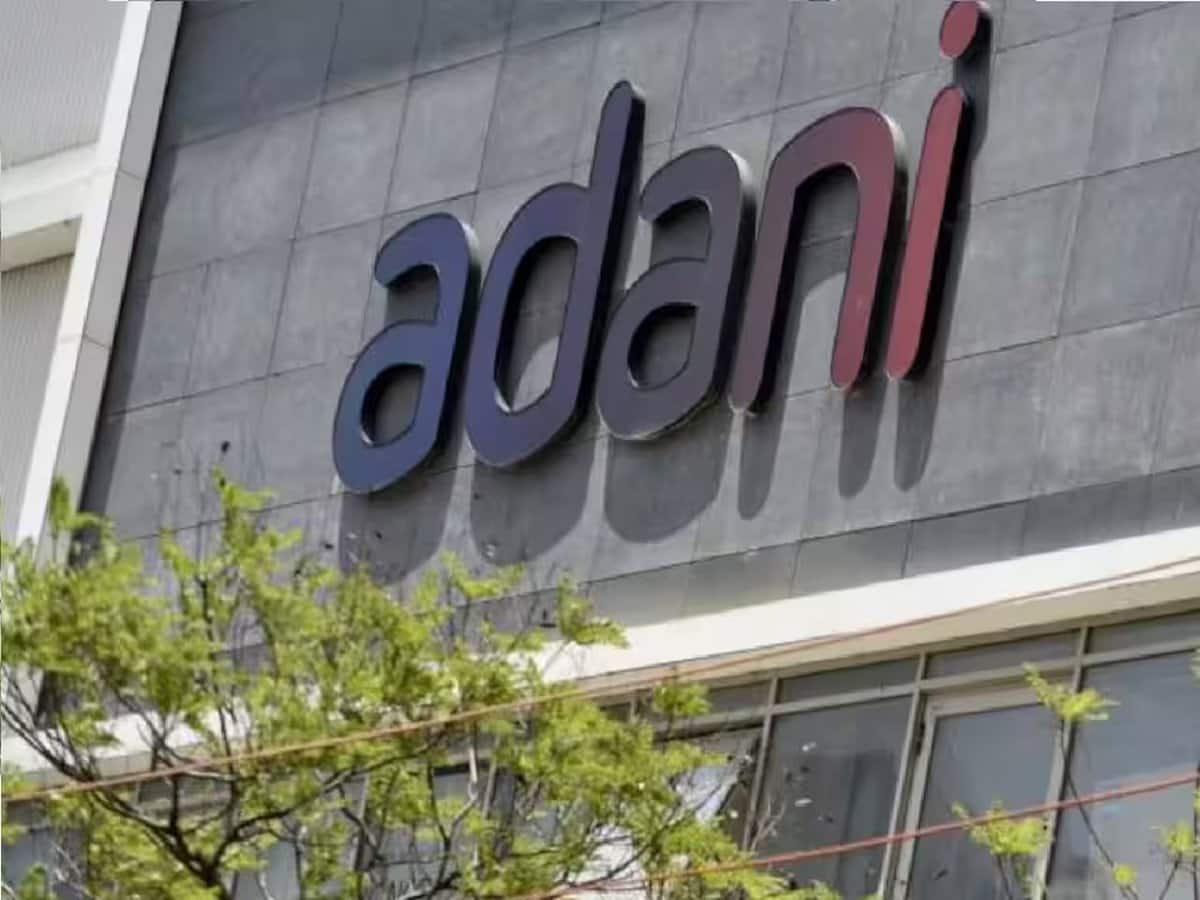Overview of Adani Enterprises’ QIP Offering
Adani Enterprises, the flagship company of the Adani Group, is set to make headlines next week as it plans to launch a Qualified Institutional Placement (QIP) to raise approximately $1.3 billion. According to a Bloomberg report citing insiders, the QIP could commence as early as the week starting October 7, 2024.
Details of the QIP
Significance for the Adani Group
This QIP represents a pivotal moment for the Adani Group, following the board’s approval in May to raise ₹166 billion (approximately $2 billion) through various funding avenues, including institutional share sales. The company is actively working to fortify its financial position and expand its operations in alignment with its long-term vision.
Expert Assistance and Collaborations
Bloomberg’s sources also mentioned that discussions regarding the sale’s specifics are ongoing, with possible changes to the size and timing of the offering. Leading financial institutions such as ICICI Securities Limited, Jefferies Financial Group Inc., and SBI Capital Markets Limited have been engaged to assist Adani Enterprises in this share placement. Their expertise will play a crucial role in successfully executing this QIP.
Recent Financial Movements within Adani Group
In a strategic maneuver earlier this year, Adani Energy Solutions successfully raised $1 billion (around ₹8,373.10 crore) through a QIP in August. This reflects the Adani Group’s robust approach to accessing capital markets for funding growth initiatives.
Joint Ventures and Future Plans
Moreover, Adani Group, in collaboration with Wilmar International, plans to divest a 13% stake in their joint venture, Adani Wilmar Limited. This decision is aimed at realigning the promoter’s stake in accordance with Indian shareholding regulations, which underscores the group’s commitment to adhering to compliance standards while pushing for expansion.












